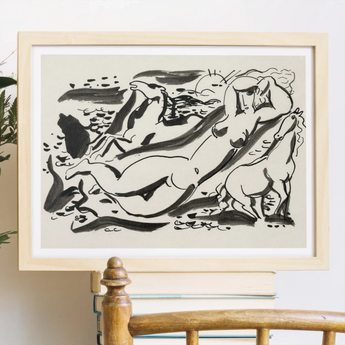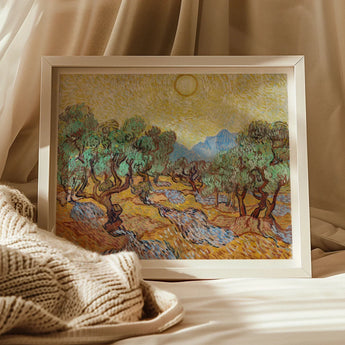Robert John Thornton
Dive into the lush botanical world of Robert John Thornton, an 18th-century English polymath whose life's work, "The Temple of Flora," blooms eternal in the garden of art history. This Cambridge-educated physician-turned-botanical virtuoso cultivated a legacy that intertwines scientific precision with artistic splendor. Ensuring Thornton's magnum opus, part of his ambitious "New Illustration of the Sexual System of Carolus von Linnaeus," isn't just become a collection of pretty petals; it's a sensory explosion that marries Linnaean taxonomy with Romantic artistry.














































